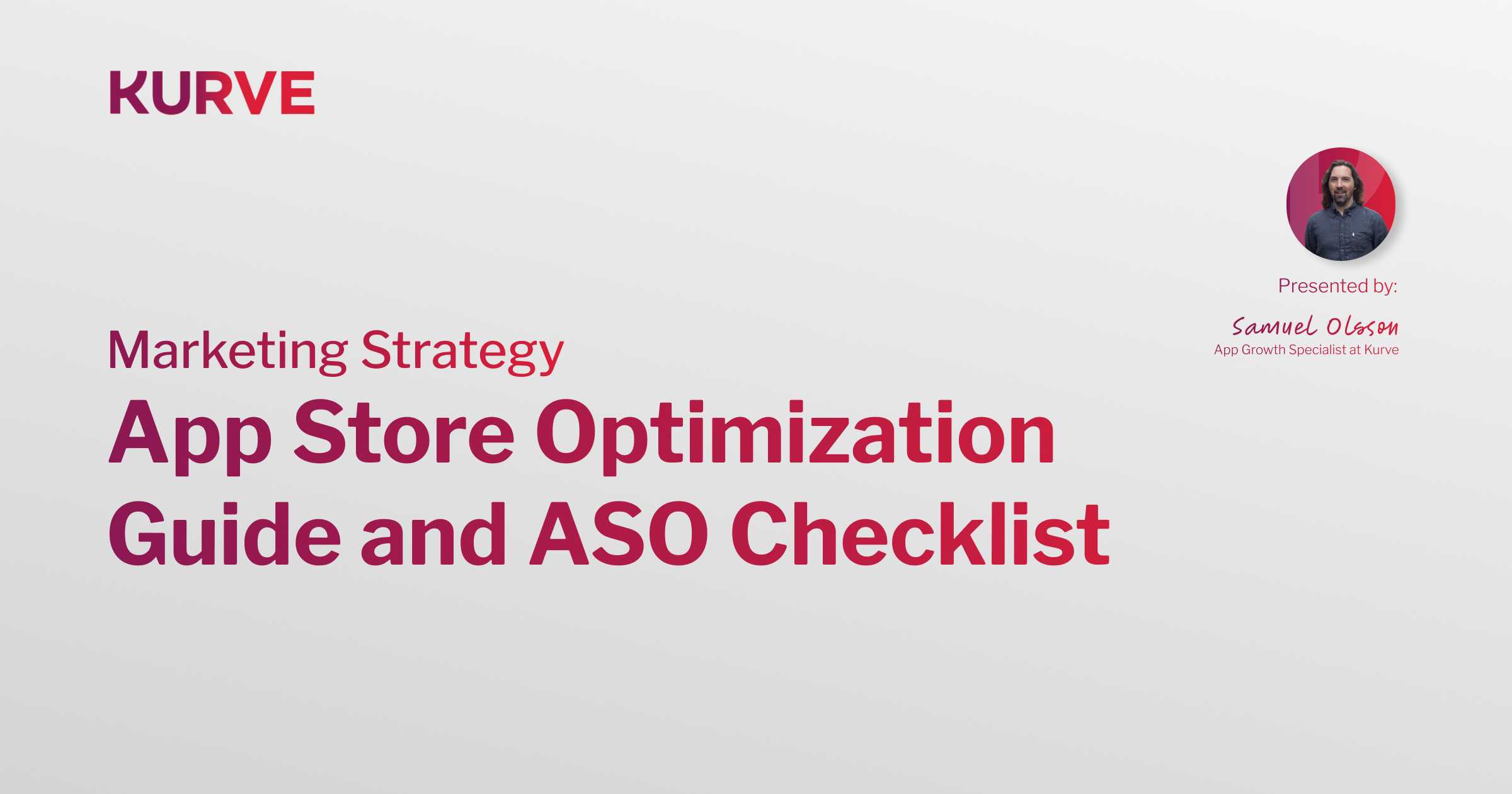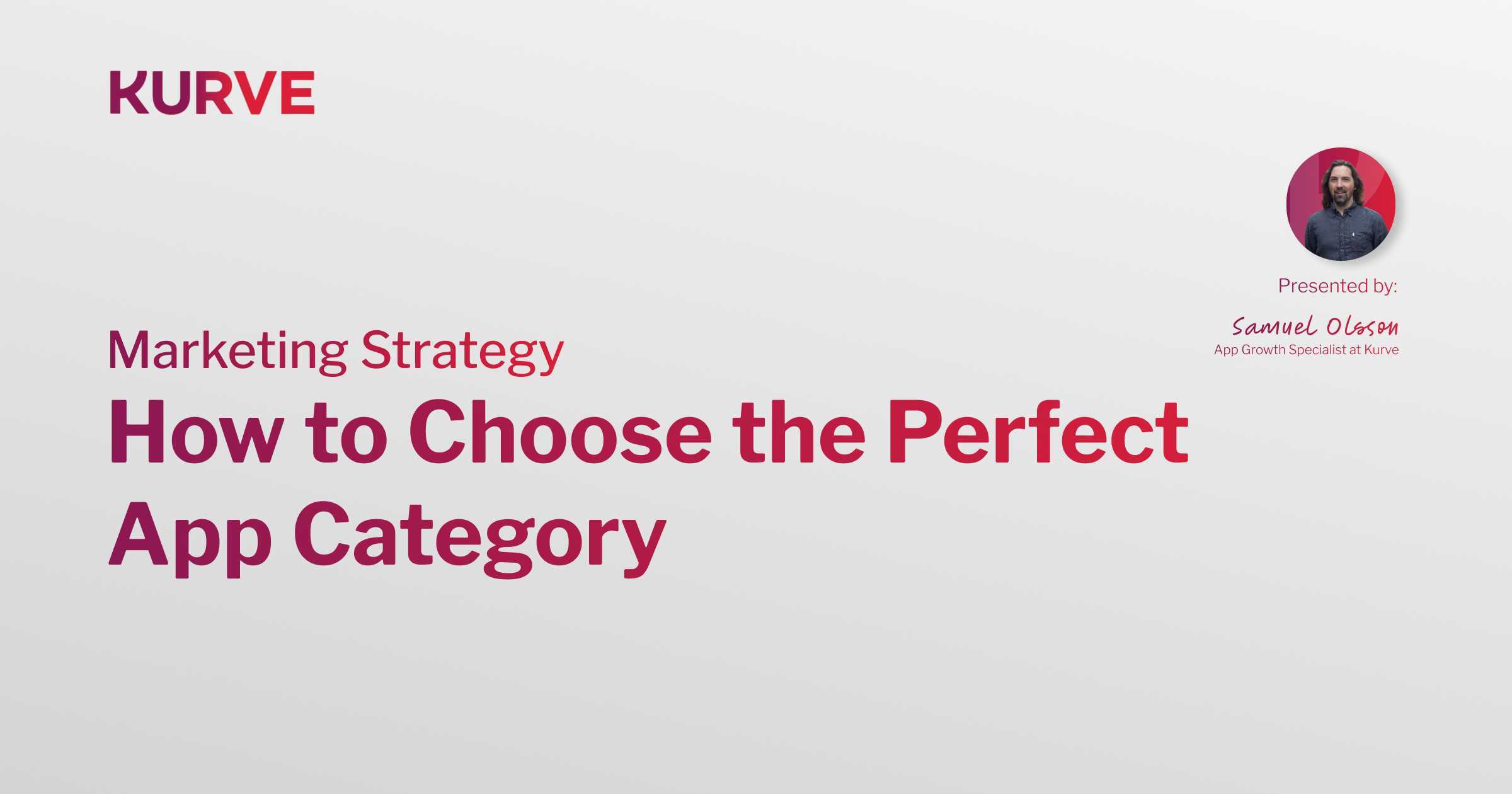Top 5 Paywall Strategies for 2024: Increase Subscribers & Revenue
Are you struggling to monetize your content? Or are you seeing your ad revenues decline or become too unpredictable?
Paywalls could be your solution, empowering you to generate consistent revenue directly from your readers.
Here at Kurve, we know a thing or two about the paywall strategies that increase subscribers and revenues. In this blog, we'll show you how to choose the right model, personalize the user experience, and optimize your pricing for maximum success.
| Table of Contents |
Understanding Paywalls
Let's start with the basics. A paywall is a system that restricts access to digital content, typically on websites or apps. It requires users to pay a subscription fee or make a one-time purchase to gain full access. It’s a core method for content monetization, allowing creators and publishers to generate revenue from their audience.
Here are the three types of paywalls:
- Hard paywall: Strict paywalls that offer little to no free content.
- Metered paywalls: Allow a set number of free articles before a subscription is required.
- Freemium paywall: Provide basic content for free, with premium or in-depth offerings behind a paywall.
Paywalls offer a critical lifeline for publishers seeing a decline in advertising revenues. They help create a direct relationship with readers, fostering a sustainable business model. Paywalls also offer a value exchange, where quality content justifies a subscription or purchase.
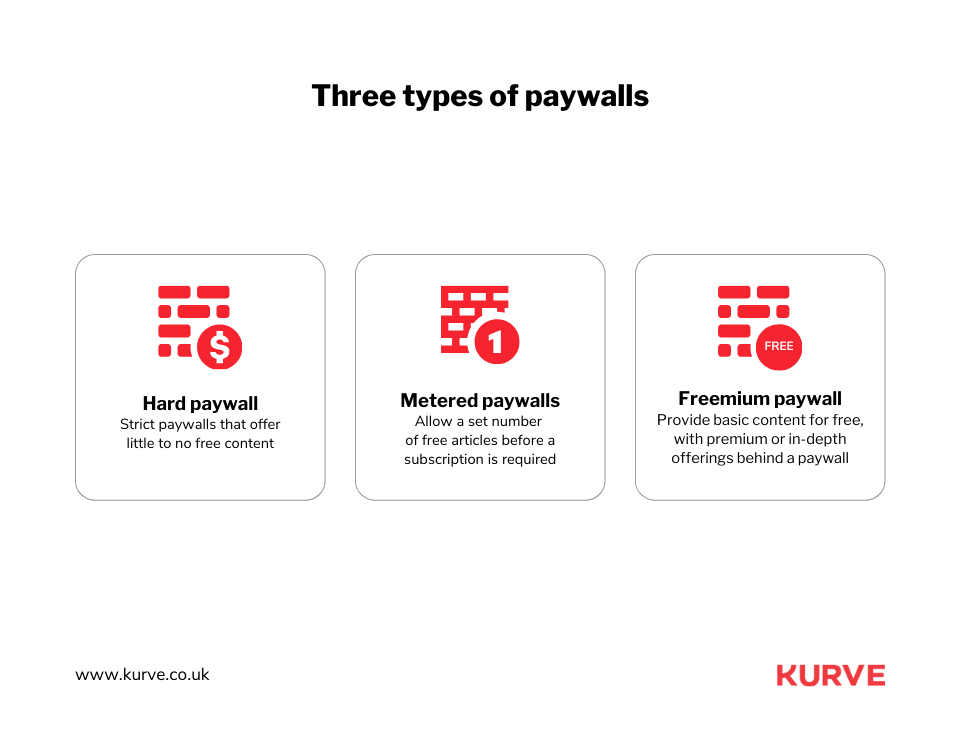
5 Effective Paywall Strategies
App creators are becoming more keen to use paywall models, as app users are more open to them than before. However, implementing a paywall isn’t a one-size-fits-all solution.
Here are five key strategies to maximize your content monetization efforts.
1. Choose the Right Paywall
Selecting the right paywall type is crucial for optimizing your content monetization strategy.
Here are some factors to consider:
- Content Value: Evaluate the uniqueness, depth, and expertise offered in your content. Specialized or exclusive content lends itself well to stricter paywalls.
- Audience Profile: Understand your readers’ willingness to pay. Niche communities might be more receptive than a casual audience seeking general news updates.
- Business Goals: Assess whether your aim is maximum revenue, widespread reach with premium offerings, or a blend of both.
- Technological Capabilities: Consider the resources you can invest in implementing and managing different paywall models.
Choosing a paywall also depends on what kind of content you offer. Here are some examples:
- The New York Times offers a limited number of free articles before requiring a subscription.
- In-depth analysis and industry reports often have sections behind a subscription model. This is priced in line with the high value for professionals it caters to.
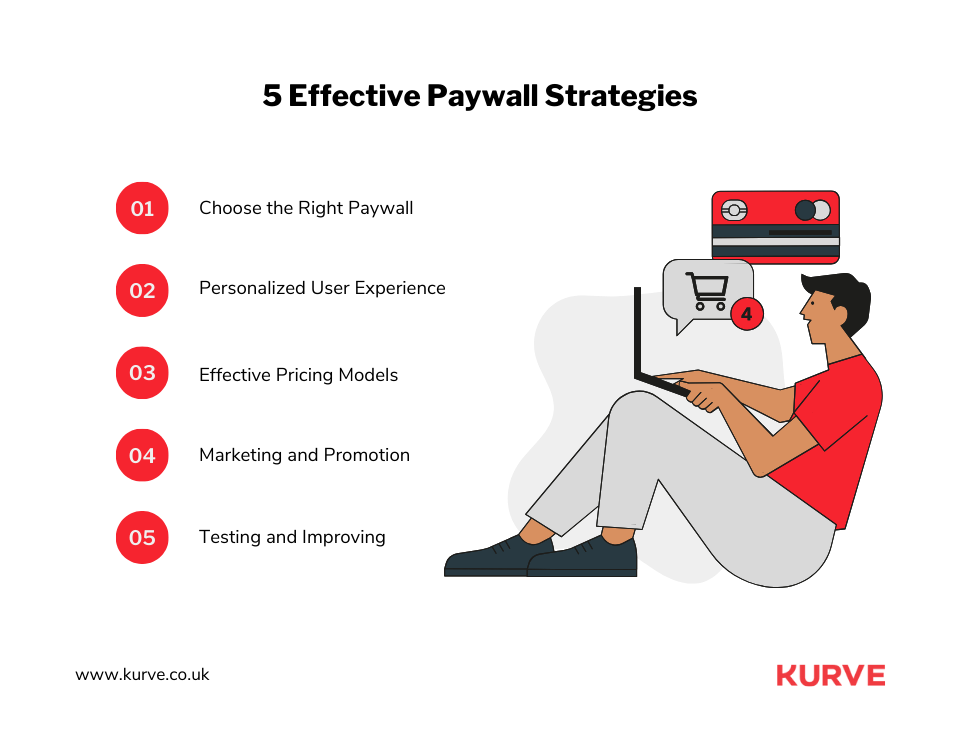
2. Personalized User Experience
Personalization has become essential in creating a compelling paywall experience.
It’s because intrusive pop-ups and complex registration forms frustrate users. personalization creates a streamlined paywall journey, minimizing the steps to view paid content.
A personalized user experience also highlights the distinct benefits of subscribing. It doesn’t assume users understand why they should pay.
Finally, paywalls should be visually uncluttered and align with your website’s overall design. This cohesion builds trust and professionalism.
Here are some tactics to personalize your paywall models:
- Initiate paywalls based on engagement metrics like time-on-page, article scroll depth, or visits to specific content sections.
- Analyze reading patterns and use this data to recommend paid content matching the user’s interests.
- Tailor subscription models or trials based on demographics, device usage or referral source. (E.g., mobile-specific offers for users primarily browsing on phones).
3. Effective Pricing Models
Finding the right price point is something you have to take time and think over.
Here are some various strategies and considerations for pricing strategies:
- Tiered Subscriptions: Offer multiple plans at different price points, catering to varying budgets and content-access needs (e.g., basic, premium, all-access).
- Micropayments: Users can purchase individual articles or pieces of content, ideal for niche content or occasional readers.
- Introductory Offers: Free trials or discounted initial subscription periods to entice new customers and give them a taste of premium access.
- Dynamic Pricing: Utilize AI algorithms to adjust pricing based on user behavior, content value, and even the current time of day.
- Bundling: Collaborate with complementary publications or services to offer attractive bundles to subscribers.
To determine the suitable pricing model for you, start with research. Study your existing audience’s price sensitivity and comparable offerings before setting prices.
Experiment with pricing models, discounts, and promotions to find what converts best. For example, you could use a dynamic paywall like Medium’s combination of a freemium model. They offer a metered paywall, a membership program with unlimited access, and additional benefits.
Whatever you do, highlight the benefits of each price tier, justifying the cost.
4. Marketing and Promotion
Introducing a paywall isn’t enough. You need to actively promote the value behind it to your audience.
Offer enticing previews of premium content, giving readers a taste of the value they’re missing. Share glimpses into the creation process of your paid content, showcasing its unique depth. Some great behind-the-scenes content is expert interviews, research, and brainstorming sessions.
Be active in online spaces and social platforms. Make sure to feature testimonials from satisfied subscribers highlighting the benefits they receive. Share your content teasers and promotional messaging on platforms where your target audience is active. Interact with potential subscribers, addressing questions and building trust.
You can offer free trials, limited-time open access to premium content, or valuable subscriber-only resources as a lead magnet. Make it so that it creates a sense of urgency and encourages people to act.
5. Testing and Improving
To maximize its effectiveness, paywall models must be tested and optimized continuously.
Here’s why:
- Reader behavior and willingness to pay can shift, requiring continuous adaptation.
- New tools and AI-driven personalization capabilities might become available, requiring you to integrate them into your strategy.
- Monitoring the paywall subscription strategies of competitors offers insights into what could work for you, encouraging innovation.
Experiment with various paywall elements (messaging, pricing, visuals, triggers). Show different versions simultaneously when testing subsets of your users to measure metrics like conversion rates.
Gain qualitative insights from subscribers and non-subscribers about their paywall experience, pain points, and what they value. Gather detailed qualitative feedback and ideas in a moderated group setting, understanding the nuanced reasons behind subscriber decisions.
Future Trends in Paywall Strategy
To stay ahead, publishers must understand emerging trends, like AI integration and shifts in revenue models.
These trends reshape the content landscape. Embracing them is vital for sustainable success.
Technological Integration
Technological advancements have become game-changing in personalizing and optimizing the effectiveness of paywalls. The two most significant are AI and machine learning. AI can analyze vast amounts of reader behavior data, like content preferences, engagement patterns, and demographics.
For example, The Washington Post announced using AI to tailor its paywall presentation based on a reader’s likelihood to subscribe.
AI algorithms also determine the optimal time and context to introduce a paywall. This could be based on article depth, visit frequency, or even time of day, maximizing conversion potential. Based on user patterns, AI can present tailored discounts, package deals, or content previews designed to increase the appeal of a subscription.
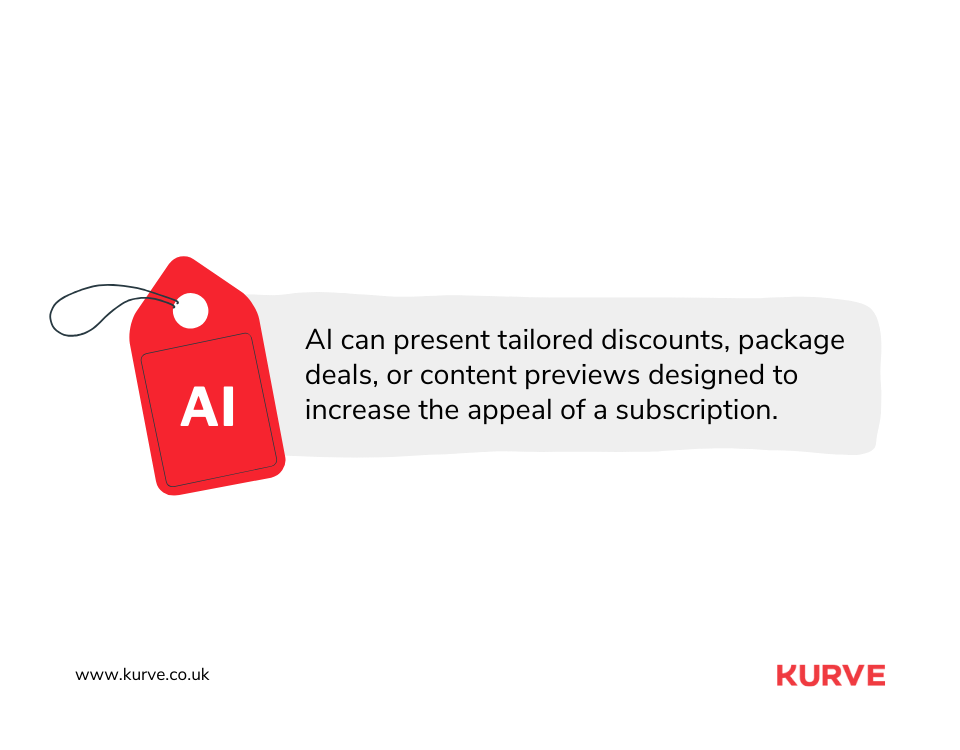
Shift in Revenue Models
The decline of traditional advertising revenue is forcing publishers to pivot towards subscription-based revenue models. Digital ads face challenges such as ad blockers, declining click-through rates, and competition from tech giants like Google and Facebook. Readers are increasingly wary of intrusive ads and value-curated, ad-free experiences. There is also a growing awareness of data, fuelling a willingness to support publications directly.
Subscriptions offer publishers more direct control over revenue. This brings a more predictable income stream, which is essential for investing in quality content output. Most publishers will find a mix of ads and subscription revenue necessary. The goal is to find a balance that maximizes total income without sacrificing the user experience.
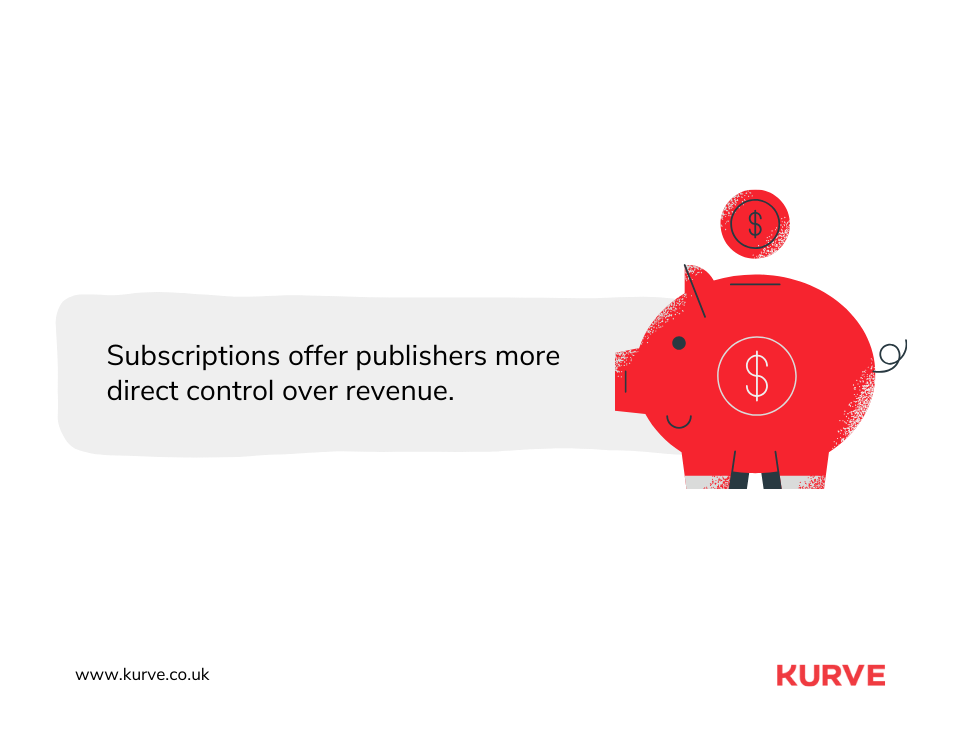
Challenges for Smaller Publishers
Smaller content and app publishers have fewer resources for technology implementation, data analytics, and the dedicated personnel required to maintain an effective paywall. Moreover, they compete against established publishers, aggregators, and social media platforms for a limited pool of reader attention. Lesser-known brands might struggle to convince readers that their content is valuable enough to pay for, even more so when a free alternative exists.
An effective strategy smaller publishers can use is identifying a niche or area of expertise and fostering reader loyalty. Focus on building a strong community around your content by engaging with readers, hosting events, and emphasizing the unique connection you offer.
Another strategy is to consider lower price points, micropayments, or membership models with exclusive benefits to make subscriptions more appealing. You can also explore collaborations with other small publishers or complementary businesses. By offering bundled subscriptions, you can increase value for readers.
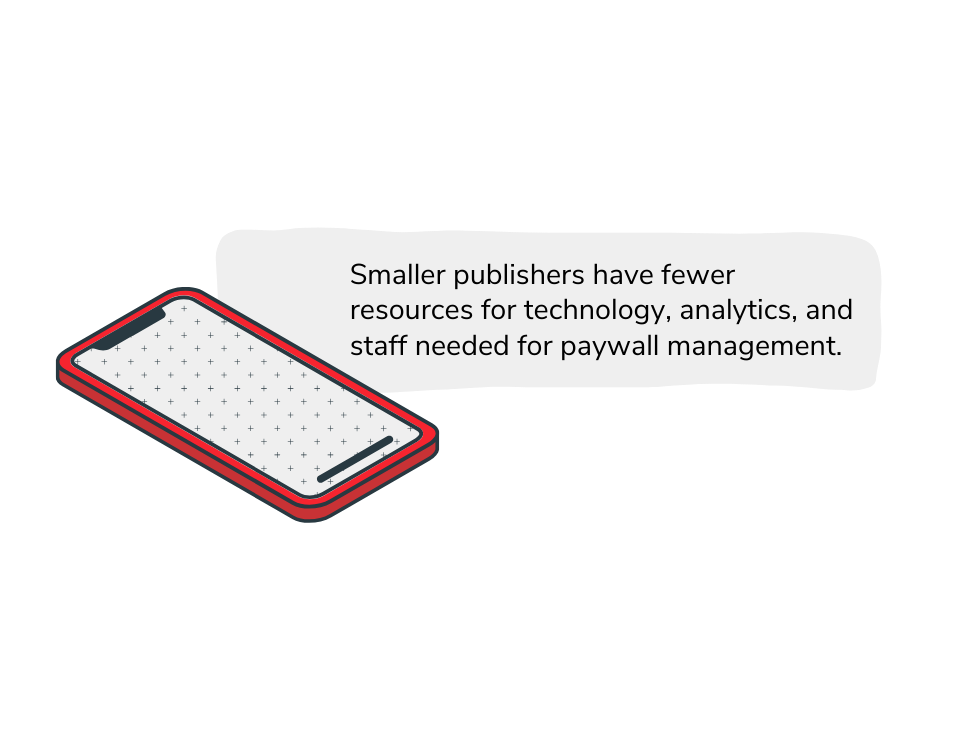
Evolving Publisher-Platform Dynamics
The relationship between publishers and major platforms like Google and Facebook constantly changes. These changes to news feeds and search results algorithms impact the visibility and traffic for digital publishing. As such, prioritizing unique content that isn’t easily replicable on social platforms becomes more important.
Platforms capture a vast share of digital ad revenue. However, publishers feel they lack fair compensation for the content driving engagement on these platforms. As a smaller publisher, you could gather reader data, allowing for better audience targeting, personalized content, and reduced dependence on platform algorithms.
Don’t depend solely on any one platform for traffic. Cultivate direct relationships through email newsletters, apps, and social media presence across multiple platforms.
Expand beyond advertising to focus on subscriptions, memberships, micropayments, events, e-commerce, or even reader-supported grants.
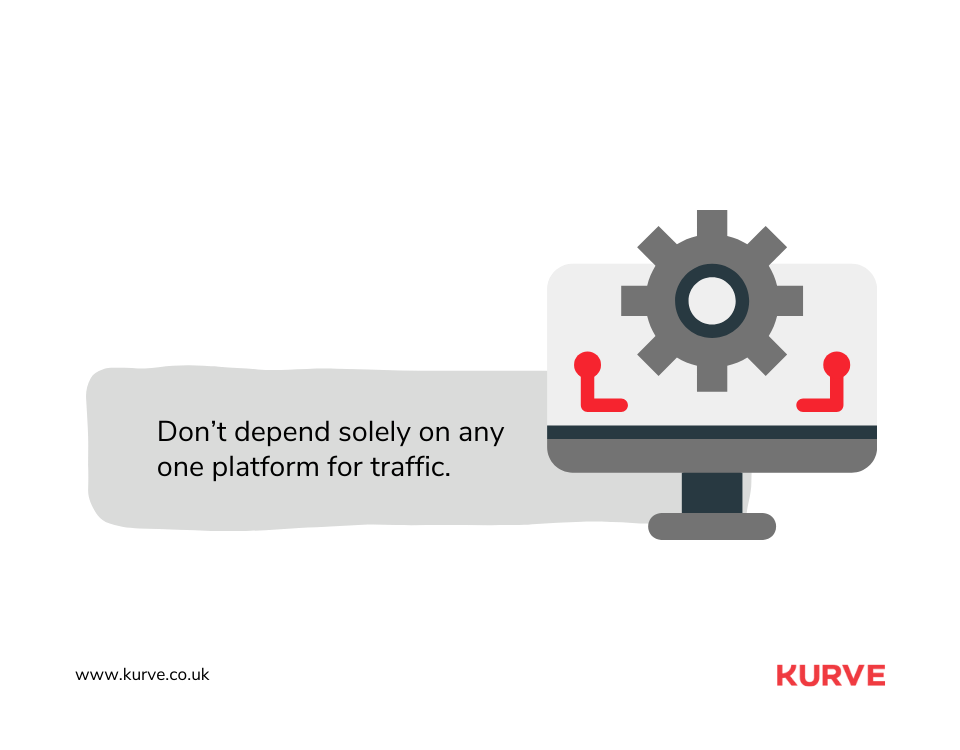
Increased Focus on Reader Revenue
Advertising is becoming less reliable. That's why the focus is shifting to generating revenue from readers and transforming content production.
Understanding what content readers value and the level of access they’re willing to pay for dictates strategy across the board. Revenue models like subscriptions and memberships do both. They create recurring income streams and offer publishers insights into reader preferences. Publishers can experiment with exclusive features behind paywalls. Some examples include investigative reports, interactive data tools, expert analysis, and community access.
Publishers are also looking at AI to analyze reader behavior. With this data, they can tailor content recommendations, create personalized subscription packages, and predict which users convert. AI can also help track content engagement across various formats and provide data-driven insights on where to invest resources for the highest ROI.
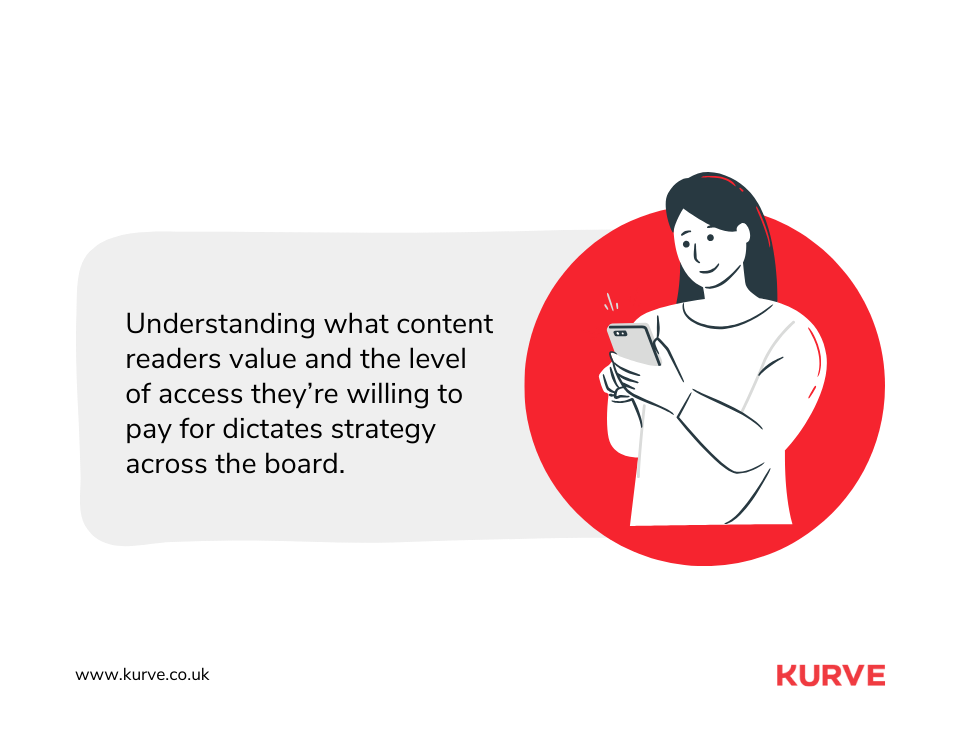
Enhance Your Strategy with Kurve
The right paywall strategy isn’t a one-time project but an evolving journey.
By prioritizing personalization, utilizing technological advancements, and focusing on reader revenue, you pave the way to a sustainable future for your content. Adaptability is key; staying informed on industry trends is paramount to continued success.
If you need guidance in implementing or optimizing your paywall strategy, let us know how we can help you.
Also, check out our blog page for more insights on the evolving world of content monetization.

